Panasonic Lumix DMC-FX35
-
-
Written by Gordon Laing
Panasonic Lumix DMC-FX35 versus Fujifilm FinePix F30 real-life noise
To compare noise levels under real-life conditions we shot this scene with the Panasonic Lumix DMC-FX35 and the Fujifilm FinePix F30 within a few moments of each other using each of their ISO settings in Auto modes. The lenses on each camera were adjusted to deliver the same field of view. The image left was taken with the Panasonic Lumix DMC-FX35 at 7 mm f4.1 and with a sensitivity of 100 ISO; the original JPEG measured 4.73 MB. The crops are taken from an area just below and to the left of the centre and presented here at 100%. |
As a lower resolution camera, the Fujifilm F30’s crops show a larger area. Indeed as a 6 Megapixel model, it falls well below the FX35’s 10 Megapixel resolution in terms of numbers, but we’ve used it for our comparison here as it still represents benchmark performance for a compact.
The Panasonic Lumix FX35 unsurprisingly delivers the best results at its lowest 100 ISO sensitivity, although if you examine shadow areas or portions with flat colour at 100%, you can already see noise and processing artefacts even at this setting. With the sensitivity doubled to 200 ISO, there’s a softening across the whole image with the finest details becoming smeared and processing artefacts more obvious.
At 400 ISO there’s a significant drop in quality and another big fall at 800 ISO. Fine detail is lost, noise becomes obtrusive and the result ain’t pretty for anyone who likes to examine images at 100%. 1600 ISO is for emergency use only, and the less said about the High Sensitivity mode, operating at 3 Megapixels, the better.
This is of course nothing we haven’t seen before, and the FX35’s predecessor, like many compacts, also suffered at high sensitivities. Although if you compare their results side by side, the FX35 is arguably a little worse at higher ISOs. See our Lumix FX33 noise page for a comparison. In the meantime, the Fujfilm F30 is no angel either, but like our first real-life results page, it arguably captures similar degrees of real-life detail despite having 6 Megapixels to the FX35’s ten. As for the FX35, like so many compacts these days, try and use it almost exclusively at 100 ISO, and 200 at a push.
Now for more real-life examples across its sensitivity range, including several examples taken indoors at high ISOs, check out our Panasonic FX35 sample images page.
Panasonic Lumix DMC-FX35 |
Fujifilm FinePix F30 | |
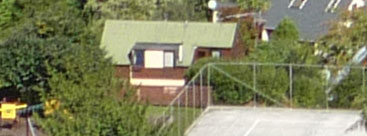 |
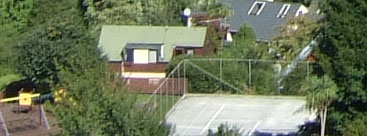 | |
100 ISO |
100 ISO | |
 |
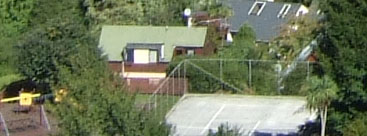 | |
200 ISO |
200 ISO | |
 |
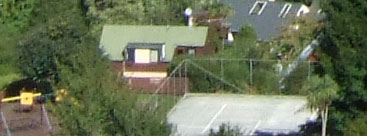 | |
400 ISO |
400 ISO | |
 |
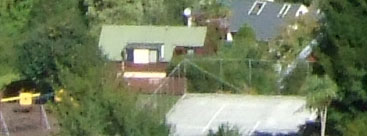 | |
800 ISO |
800 ISO | |
 |
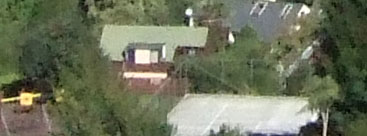 | |
1600 ISO |
1600 ISO | |
 |
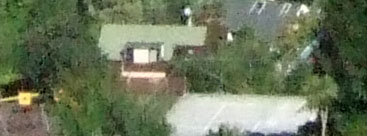 | |
High Sensitivity (1600 ISO here, scaled from 3 Megapixels) |
3200 ISO |





